The interiors of luxury hotels between context and function
Innovation and reinterpretation of architectural forms
A home away from home. This is what a person, on a business or leisure trip, expects to find once they cross the threshold of a hotel, take their first steps in the bright and welcoming atrium. Even before approaching the reception, the feeling of well-being and the first connection with the new place must have already been released, otherwise the staying will become unpleasant.
The creative team of Dome Milano Studio, which in its years of activity and professional experiences has been able to refine specific skills in the design of luxury hotel interiors, focuses precisely on this need to release immediate well-being sensorial and emotional in every projects, verging it in the various meanings linked to the context and the specific functionality required.
The characteristics of the place, the available space, the conservation status of any pre-existing structures and the definition of the profile of the client type of the accommodation structure play an essential role in the definition of the first data of project, an essential basis for each subsequent development and, at the same time, a creative stimulus accepted by Dome as a real challenge to innovation and to the reinterpretation of the forms of architecture and the materials.
Time, the extra element in design
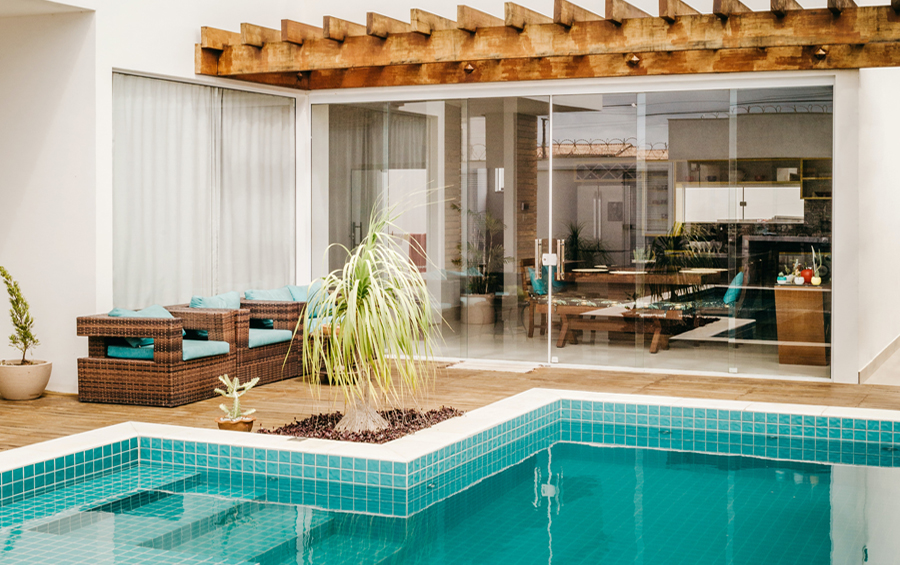
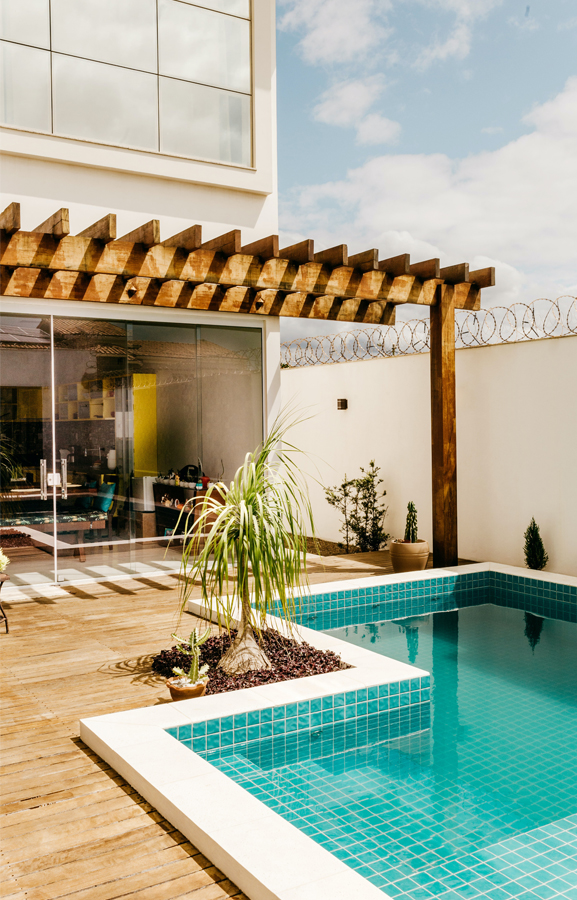
The flow of information and suggestions of the interior design for a luxury hotel finds its ideal design support in the creative tool of the moodboard. Never as much as in a receptive space, in fact, the needs of hospitality and well-being must be interpreted into spaces, materials, textures and colours capable of revealing emotions and creating a bond that, from the immediacy of the first perception, is transformed into something else, as long-lasting and stigmatized as possible in memory.
In a hotel, the time of stay, which varies between the short and long term depending on the reason for the trip, plays an essential role in the planning. In fact, one cannot count on the intimacy and custom traditionally associated with the use of the personal space of the home, the kingdom par excellence of our deepest desires and needs.
All the elements of architecture of a luxury hotel, understood as envelope and content, must work so that well-being is immediate and that reflects the outcome of a poetic and emotional research, capable of generating a connection between the guest and the space that surrounds it. The first impact works, at a design level, if it generates love at first sight and the desire to discover more, to make the place you live in that moment temporarily your own.
A precious welcome
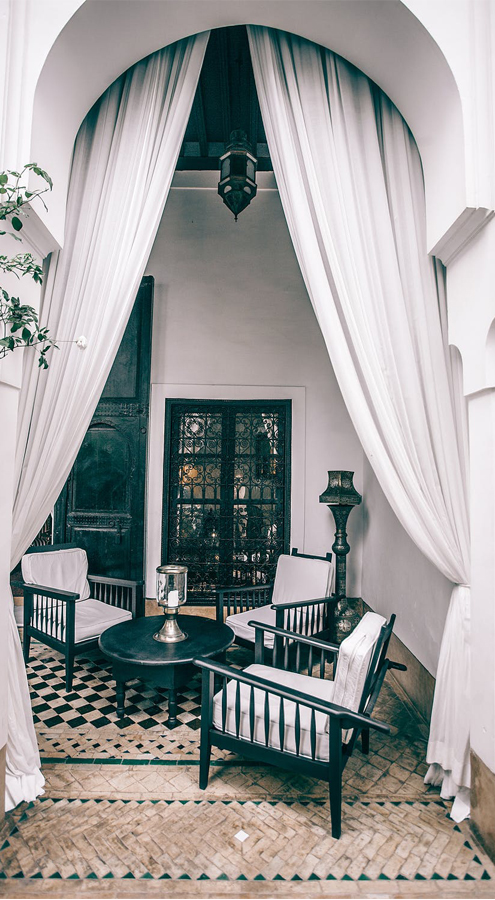
Several different factors, which collaborate synergistically with each other, can be chosen and calibrated relating to their contribution in the context of the interior design of a luxury hotel.
Hospitality often has a lot to do with the balanced association between the value of the materials, the expressive contribution of natural light in combination with the contribution of artificial lighting, the softness of colours and textures, especially if associated with the textiles , which have always been protagonists of the interior design of luxury hotels.
Crossing the threshold of an ideal hotel room, the sensation of immediate well-being is undoubtedly triggered by the perfect dialogue between curtains, upholstery and the welcoming comfort of the volume of the bed, the most important of the furnishing elements.
The view sweeps from one element to another and, finding reassurance in the refinement and balance between the different elements, calms down: the first connection between guest and place has been established, and it is possible to go further, discovering revealing details of a unique and sophisticated design story.

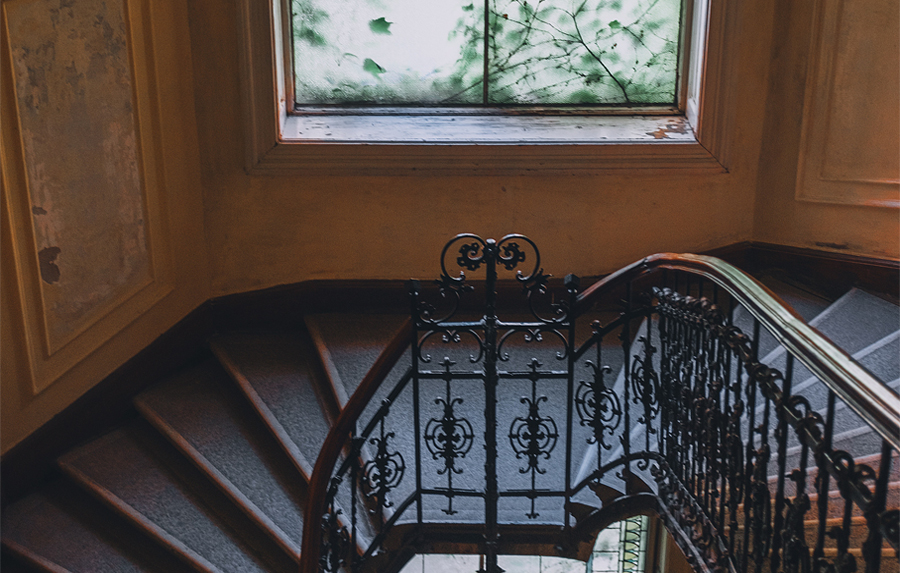
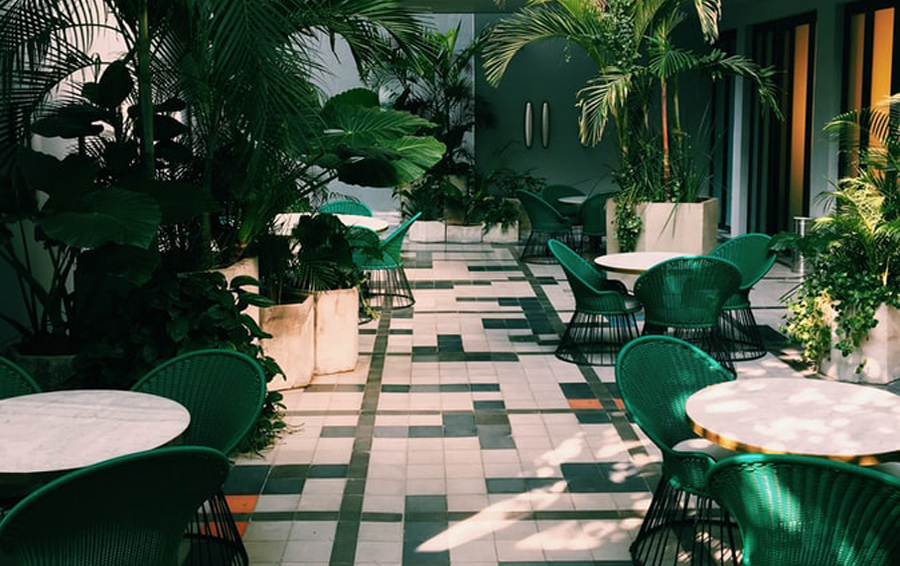
The bathroom from essential to luxurious
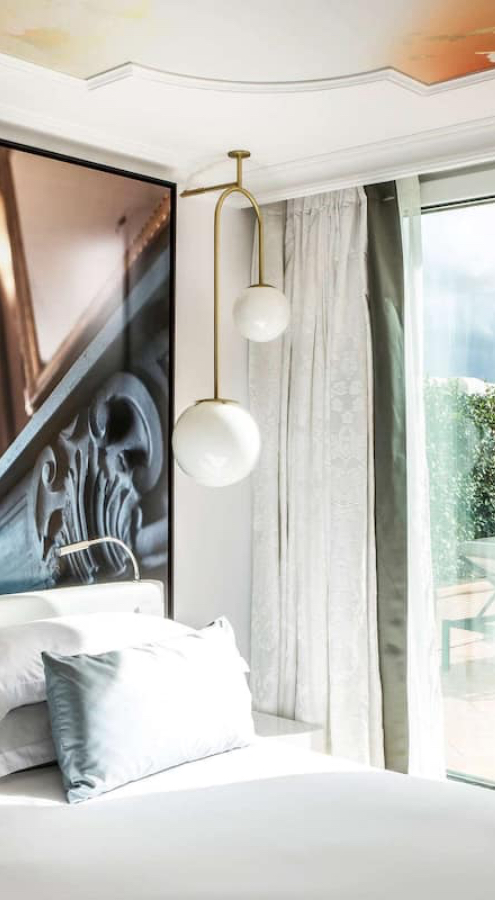
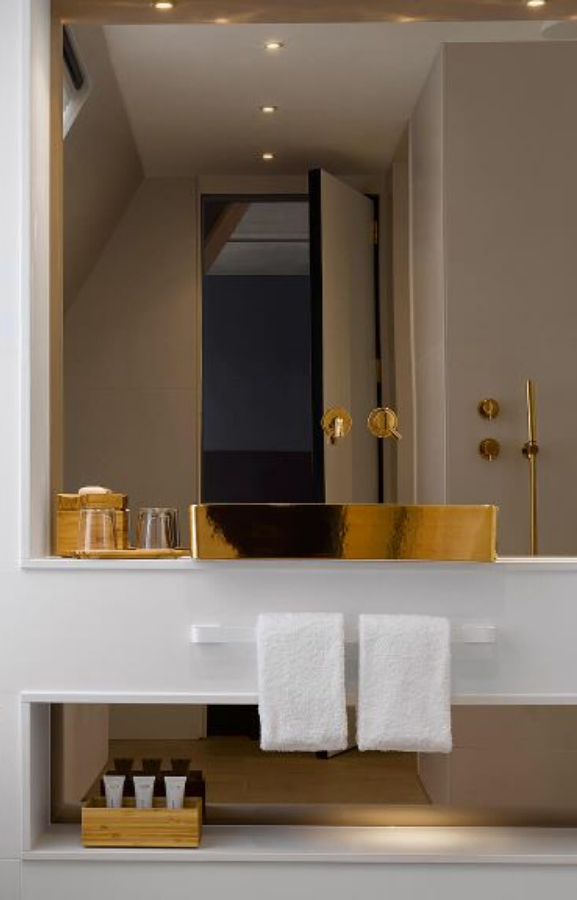
It is not possible to talk about hospitality and well-being without considering what, in the room of a luxury hotel, concretizes these two keywords in the most direct and immediate way: the bathroom.
Far from being a mere service space, this environment has over time carved out an increasingly larger surface area within the hotel room, coming to overtake some previously unexpected spaces: the corner near a large window or the surface in front of the bed, for example.
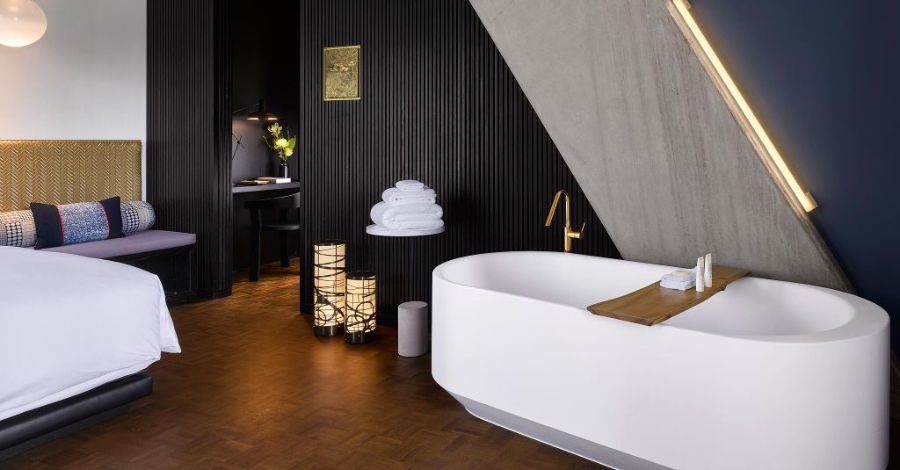
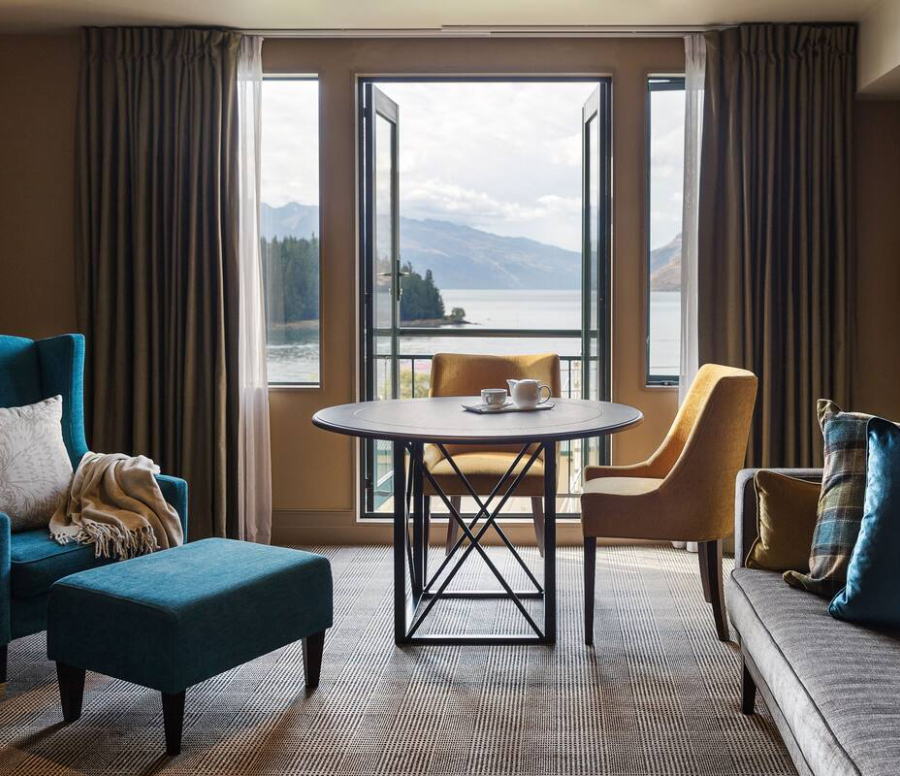
Functionality, without losing ground in terms of quality and durability of supplies and ergonomic organization, has given way to sophisticated luxury, made up of materials and precise solutions that never cease to amaze and excite. The creative team of Dome Milano Studio carries out continuous and in-depth design research on issues relating to well-being which, once purely physical needs are met, lends itself to involving the mind and body at a higher and more complex level.
Indeed, some materials that are the protagonists of the project moodboards are often intended to dress the bathroom, determining the starting point for choosing the solutions to be adopted in the sleeping and living area of the hotel room.
The link between the inside and the outside
A luxury hotel is characterized by architecture perfectly integrated into its context. The link with the surroundings and with its historical and material suggestions finds in the connection between inside and outside the most effective answer to the question of balance and to the solution of the relationship between new and existing.
The theme of view is principle both in the design of the hotel's private spaces and in the definition of public ones, articulated in the series of functions that characterize hospitality. The opening towards the outside, in fact, can be interpreted in two ways.
The first, more intimate and collected, sees a cutout of context, delimited and shielded to ensure privacy, concretely inserted into the planimetric organization of the room. Large windows frame the view of the landscape and, at the same time, some functional elements overtake the outdoor space: a mirror of water between sun and shade, a relaxation area where you can get lost in the pages of a good book.
The second, more open to functional and stylistic combination, interprets the link between inside and outside, removing the boundary traditionally defined by the variation of climatic conditions. Precious materials and sophisticated furniture intended for popular lounges and dining rooms find an ideal continuity to outdoors, replicating their ability to generate a luxurious and attractive setting and generating occasions for relations.
The line of the marine horizon, the skyline of a metropolis or the dense and luxuriant vegetation of the surroundings become part of the interior architecture and interior design project, balancing and personalizing the choices of the sartorial project.
